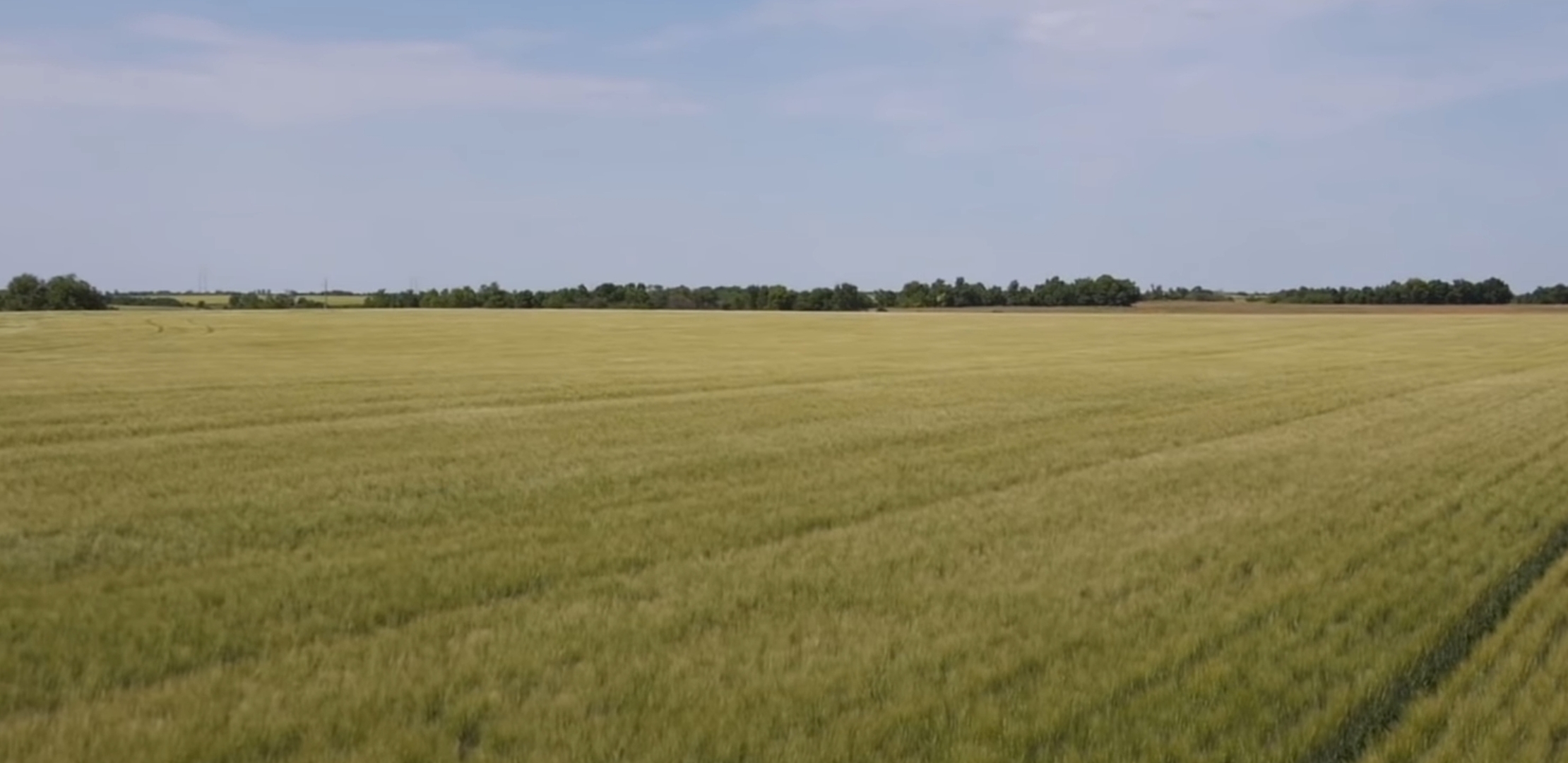
September 11, 2019
Anna Murray
Phosphates are the naturally occurring form of the element phosphorus, found in many phosphate minerals for fertilizer in agriculture. As early as 1840 Liebig, the German chemist, invented the formation of superphosphate by dissolving bones in sulfuric acid that made the phosphorus as fertilizer to plants. Phosphate has become an essential mineral for farmers and applied in fields at large quantities.
The new study on “Phosphorus use efficiency and fertilizers future opportunities for improvements”, published in the journal Frontiers of Agricultural Science and Engineering, warned: “The continued supply of phosphate fertilizers that underpin global food production is an imminent crisis.” The lead author Martin Blackwell, a soil biogeochemist at Rothamsted Research on sustainable agriculture sciences in the UK, Tegan Darch, and Richard Haslam urged that the development of different sources of phosphorus fertilizers seemed inevitably required under the circumstances of the finite nature of the rock phosphate supplies.
While the world is facing an imminent crisis in the shortage of phosphate supply, research on “Experimental nutrient additions accelerate terrestrial carbon loss from stream ecosystems” published March 6 of 2015 in the journal Science, scientists stated the problem of excessive phosphate use was causing widespread pollution in rivers and seas.
Scientists have warned that at current rates of excessive use of phosphate, the mineral supplies will be exhausted by 2040. The world is desperate to investigate all possible solutions in finding phosphate replacements.
Photo:Webshot.
